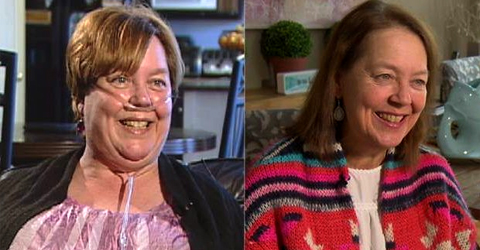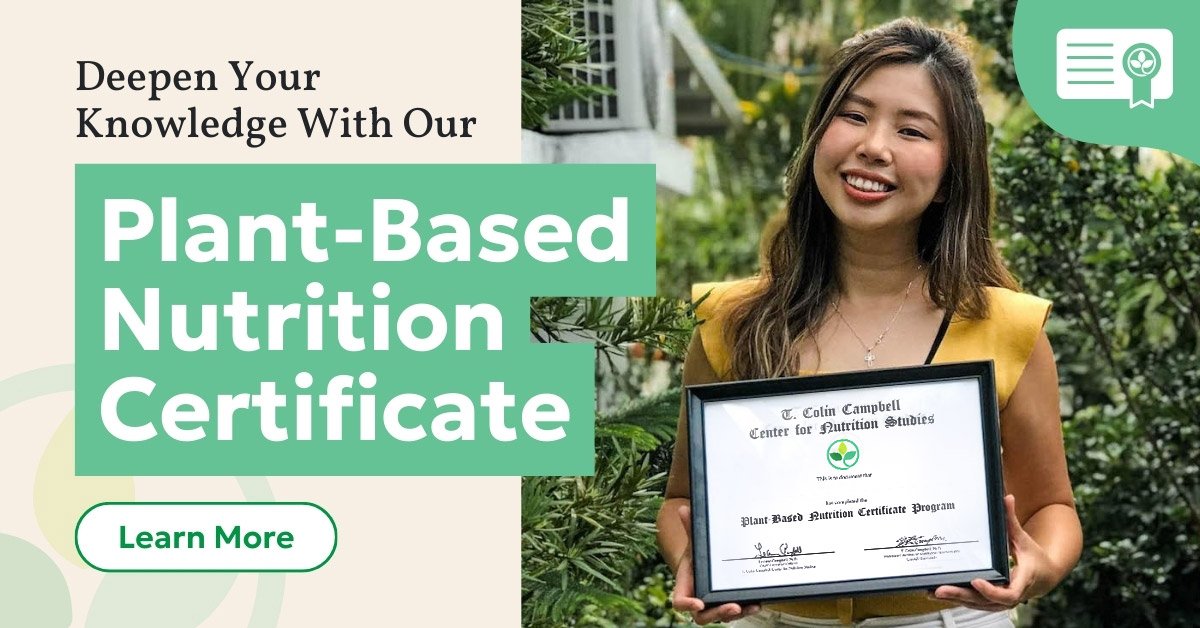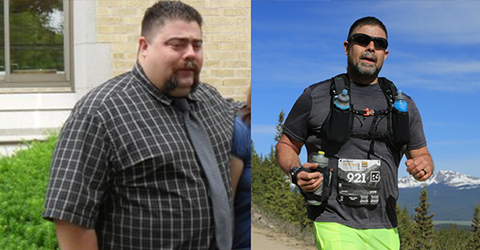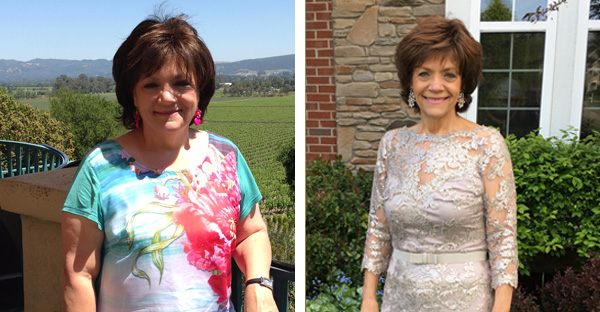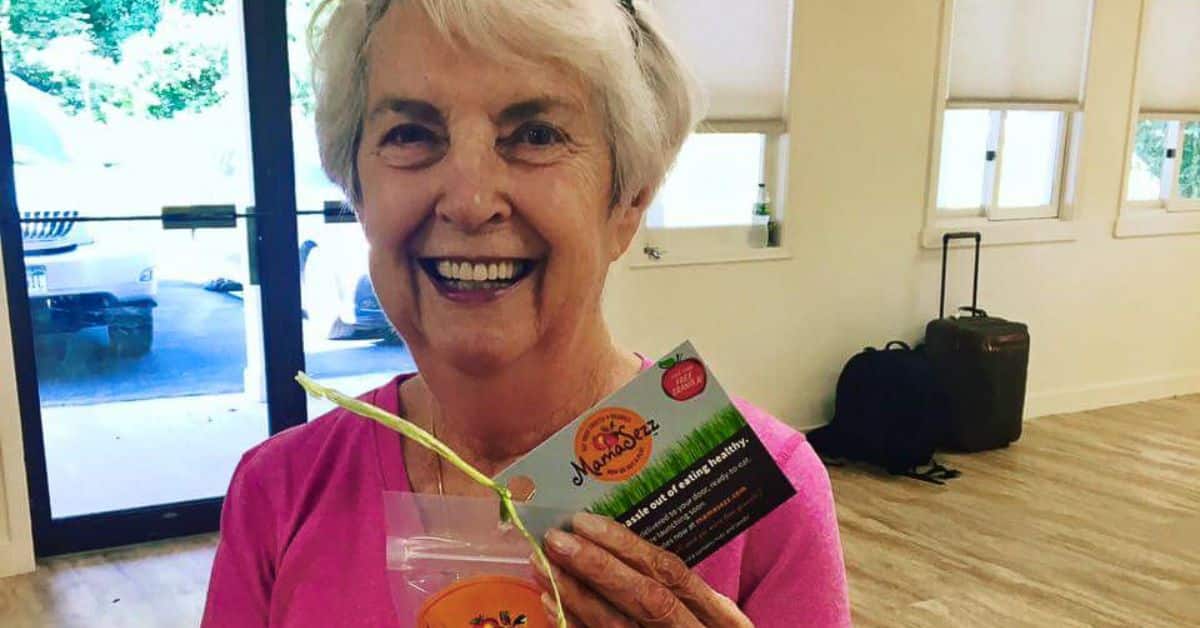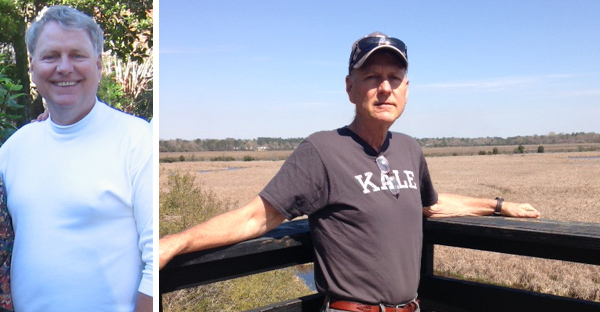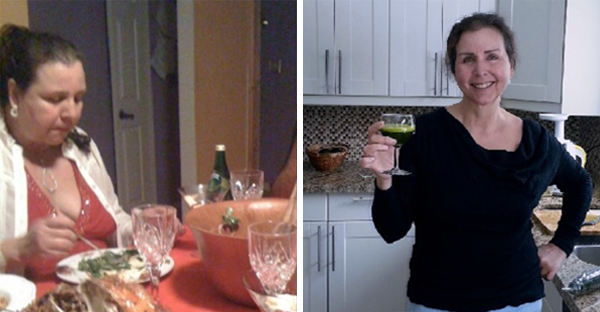
How I Lost 120 lbs, Cured My Diabetes, & Avoided a Lung Transplant
You know what it is like because you live it every day. Work, kids, meals, homework, housework, and it is a repeat cycle of “busy” until the weekend. Weekends are just as jam-packed until they are broken by Mondays, and the weekday cycle of activity begins all over again.
Life is very full with three kids going through the turbulent times of grade school, junior high and high school, each needing attention for any number of tween and adolescent crises. Then there are the demands of nurturing a career. My job as a manager and clinical supervisor of free, on-site counselling services for children from kindergarten to grade twelve in a rural school division involves dealing with problems each day, every hour of every day. That is the reality of the job. My joy is having the privilege of meeting and working with people—people of tremendous courage who are trying to find ways to solve their problems.
As you can imagine, there was little time to spare for myself. Still, I loved every minute of my hectic life. I would spring out of bed every morning looking forward to the challenges of each new day. My husband, Andrew, would affectionately refer to me as the “Energizer Bunny” as I darted out the door ready to take on the world!
Alarming Symptoms
In the fall of 2006, I started to notice something that became increasingly more alarming as the months went by and the school year was coming to a close. I found myself dealing with a persistent dry cough and feeling increasingly fatigued. This fatigue could be best described as having to wade through knee-deep water.
I needed to come home and nap before doing the “second shift” on the home front. Then I began skipping my regular exercise sessions at the local gym. Then another change—a kind of creeping of lower leg and abdominal swelling (fluid retention) that I at first attributed to the hotter summer weather.
Testing Revealed Multiple Diagnoses
Come September of 2007, my level of exhaustion was steadily increasing. I still managed to fulfill my work obligations, but the home front was different. I was coming home and getting right into my pajamas. I was ready for bed before my kids. The swelling in my lower limbs and abdomen were even more pronounced. This lead to a visit one night to our local urgent care unit where I was found to have an A1c blood glucose level of 15.2 percent. (The normal range is 4 – 6 percent.) The doctor put me on a two-week medical leave to deal with being newly diagnosed with type 2 diabetes, and I was scheduled for further testing for suspicious heart abnormalities.
Months of more testing revealed a diagnosis of both severe right-sided heart failure and severe sleep apnea. My sleep specialist informed me that I had idiopathic pulmonary arterial hypertension (IPAH). After a right-heart catheterization, I was classified as a WHO level 3 out of 4 and told that this is a rare (2 – 4 in a million) disease, characterized by high blood pressure in the pulmonary arteries (arteries of the lungs) with no apparent cause. It also has no cure and comes with a terminal prognosis: two years to live without treatment and five years to live with treatment.
My disease progressed to the point that I was placed on a monitoring list for a lung transplant.
Suddenly, my life as I knew it was wiped out. I had to stop work immediately, and within months, I required a nasal cannula and had to carry around a heavy tank of oxygen, like a scuba diver on land! The deterioration continued rapidly with the loss of my eyesight, which was caused by a combination of a lack of oxygen to my eyes, diabetic retinopathy, and the prescribed IPAH drugs. My medication list was a page long, and I stayed at home except when attending up to three medical appointments a week, keeping more than five specialists busy. My disease progressed to the point that I was placed on a monitoring list for a lung transplant. I continued on a variety of drug combinations ranging in cost from $36,000 to $100,000 per year. These potent drugs took a physical toll as well. I felt like I had the flu every day and the stomach flu every night, waking every morning incontinent. This went on for over five long challenging years!
Learning About the Plant-Based Lifestyle
Then one evening, I turned on the TV. CBC host George Stroumboulopoulos was explaining that the documentary Forks Over Knives had changed his life and might do the same for viewers. My husband and I went to see this film, watching from the front row of the movie theater—the only place I could see it with my limited vision—and we were on board with the dietary changes recommended. In November 2012, after a year of trial and error, I reached out to one of the featured doctors in Forks Over Knives: Dr. Caldwell Esselstyn Jr., MD a retired surgeon who currently directs the Cardiovascular Prevention and Reversal Program at The Cleveland Clinic Wellness Institute and a lecturer in the Plant-Based Nutrition Certificate program. This phone consultation changed my life.
With the generous support of friends and church members, I attended a five-day intensive program at Dr. McDougall’s Health and Medical Center, founded by Dr. Esselstyn’s colleague John McDougall, MD, another doctor featured in Forks Over Knives. It was there that I gained the tools and knowledge to adopt a whole food, plant-based lifestyle, making food my first medicine.
Plant-Based Eating and the Incredible Results
I taught myself how to cook while legally blind and too weak to stand. I started by choosing meals I love to eat—healthy, delicious versions of international cuisines—like Indian chana masala (chickpeas cooked with tomato and onions) and Chinese stir-fried veggies cooked in no-salt veggie broth or water. I followed Dr. Esselstyn’s evidence-based research, and I ate a fistful of steamed greens six times a day with a sprinkle of flavored vinegar.
My endocrinologist now considers me a non-diabetic!
Fifteen months later, my eyesight was fully restored, I was off the lung-transplant monitoring list, I needed oxygen only at night, and I no longer required any insulin. My right-sided heart failure was gone, and so were symptoms like neuropathy, dizzy spells, and fainting. By June 2013, I had lost more than 110 pounds. My respirologist downgraded my IPAH from level 3 to level 1 and took me off my IPAH drugs. My endocrinologist now considers me a non-diabetic!
Today, I safeguard my health and maintain my weight loss by eating a whole food, plant-based diet and exercising daily. These are all activities I take forward in my next challenge. My kidneys were compromised (diagnosed with end-stage kidney failure) by my combined past history of diabetes and the side effects of potent drug therapies, which included an allergic reaction to a pediatric dose of an intravenous antibiotic in 2013. Evidence-based nutritional science indicates I am on the healthiest diet possible for my kidneys and overall health. I am very grateful.
Helping Others
I have put this gratitude into action by finding ways to help others also gain the benefits of preventing and reversing degenerative lifestyle diseases like diabetes, heart disease, autoimmune diseases and even some forms of cancer (breast, prostate, colon). To get the message out, Andrew and I host two monthly meet-ups. The community potluck offers a delicious array of food and a “vegucation” lesson with each gathering and a dish exchange. The second monthly event is “Staying Power,” a whole plant-based lifestyle support group to help others generate a menu of solutions to deal with the challenges of following a different lifestyle path.
Every year in Calgary, we host the Fork Smart Summit. It features medical doctors and speakers recognized for their work in the field of preventing and reversing chronic lifestyle diseases. Come be inspired, motivated, and informed by this program that proves why and how better health is possible with simple grocery store foods. Tickets are available online at forksmartsummit.com.
While others empowered me with knowledge and support, the change came about because of me—and what I chose to put on the end of my fork! It is the best D.I.Y. project I will ever undertake because better health is the most wonderful never-ending journey to be on!
You Might Also Like
Copyright 2025 Center for Nutrition Studies. All rights reserved.
Deepen Your Knowledge With Our
Plant-Based Nutrition
Certificate
Plant-Based Nutrition Certificate
- 23,000+ students
- 100% online, learn at your own pace
- No prerequisites
- Continuing education credits
